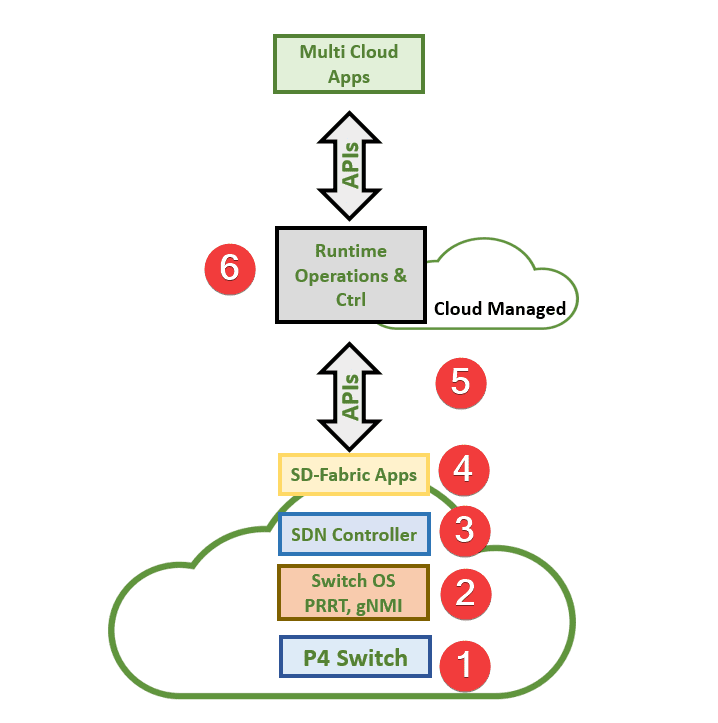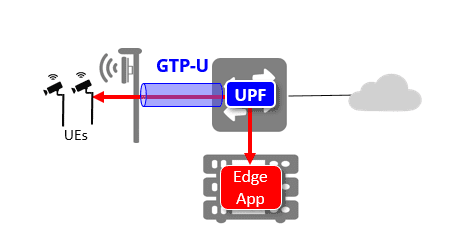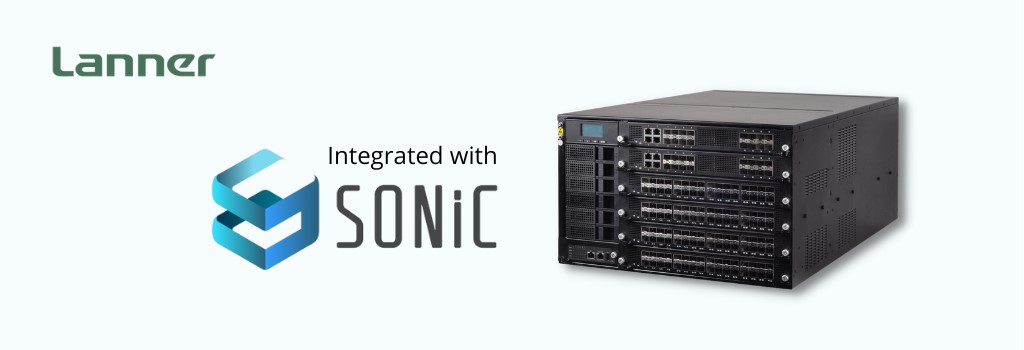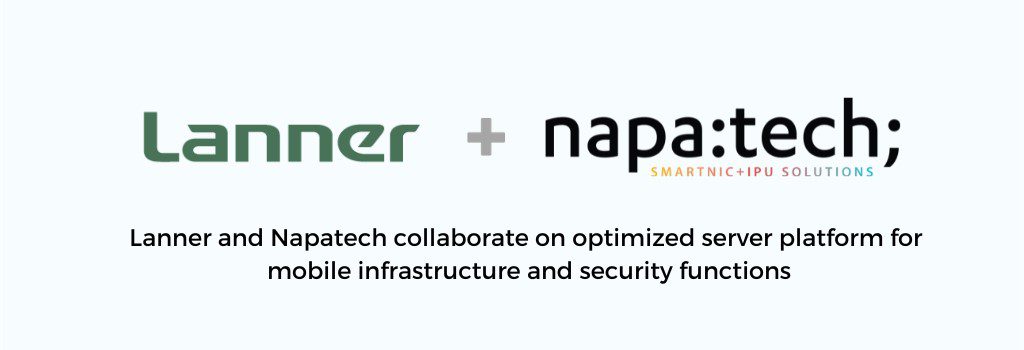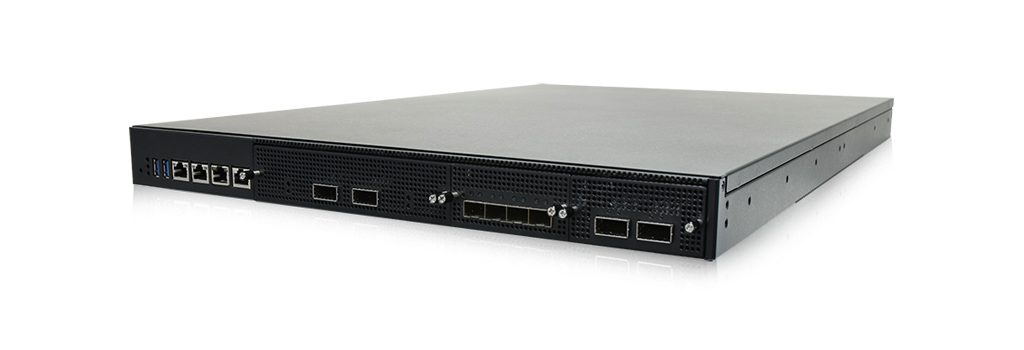If you are building an edge cloud data center with traditional switches, you need to re-think, as this may not be the most efficient and innovative approach.
For example, there has been considerable innovation in the data centers thanks to the introduction of data-plane programmable switches.
With this innovation, new use cases have emerged which were unthinkable in the past.
For example, do you know that you do not need a computer platform to run 5G User Plane Function (UPF) on the edge?
That the networking switch has become flexible and powerful enough to run 5G UPF, thus completely offloading the compute blade.
Innovative! Isn’t it?
So, stay tuned, as we discuss what is SD-Fabric? and how can it help in many new interesting use cases with 5G offload as one of them?
Why Focus on the Edge Cloud?
Edge cloud is considered the center of innovation thanks to new use cases brought by 5G. From high throughput to low latency use cases, the edge is the focal point of all telcos, as these use cases open up new monetization opportunities for them.
However, there are some constraints on the edge: scarcity of space and power given the size of the data centers. This means a need for highly integrated platforms that can do many things which otherwise would need multiple chassis.
SD-Fabric is one such technology that allows the integration of technologies suitable for edge applications.
What is SD-Fabric?
SD-Fabric is an initiative of Open Network Foundation (ONF). It is a complete P4 programmable network fabric. It lets programmers customize forwarding on switches with additional features that would otherwise require expensive computing resources.
The first implementation of SD-Fabric is with the P4 Programmable ASIC (for example, Intel Tofino). Ultimately, P4 programming will be extended to the smart NIC and soft switches as well
In short, SD-Fabric allows integration of networking and compute as lines between compute and networking are blurring.
Lines between Compute and Networking are blurring
The Moore’s Law that compute performance doubles every two years is no longer valid. In fact, compute performance growth per year has slowed down, which means there needs to be another approach to increase resources for the growing compute needs.
Fortunately, programmable ASICs have come to the limelight that can re-utilize switches not just for forwarding packets but help offload some virtual functions from compute to networking layer.
This drives the architecture of SD-Fabric.
Concept of SD-Fabric
A simplified conceptual diagram of SD-Fabric is shown. While throughout intensive and compute intensive Virtual Network Functions (VNFs) run on compute servers in the traditional data center, we can offload the throughput intensive VNFs to powerful P4 programmable ASICs on networking white box in SD-Fabric.
Fig1: Traditional vs SD-Fabric
While the above describes the core of the SD-Fabric. In fact, SD-Fabric includes a complete stack that is described below.
Architecture of SD-Fabric (A cheat sheet)
ONF is working on a complete end to end stack. Below is a quick guide on the SD-Fabric architecture.
Fig2: SD-Fabric Architecture
1.P4 Switch- The Hardware part
P4 programmable switch is the core of SD-Fabric. It is a white box layer that has programmable ASICs. It can have a cluster of leaf and spine switches, depending on the scalability and redundancy requirements. ONF ultimately wants to implement P4 programming to the smart NIC and soft switches as well
2. Switch OS
There is a thin layer of switch operating system that runs on P4 switch exposing capabilities towards P4 Runtime controller.
3. SDN Controller
SDN controller serves as configuration tool and path controller using P4RT ( P4 Runtime) and gNMI. ONF is leveraging the ONOS controller here.
4. SD-Fabric Apps
These are the various apps that run on the compute blade, for example In band telemetry apps and Trellis apps, etc.
5. APIs
It is an API driven architecture, with the SD-Fabric apps exposing the APIs towards operation control center
6.Runtime Operations & Control
The entire system is cloud managed, through Runtime Operations & Control, which can run on private and public clouds.
SD-Fabric is a door to innovation- The 5G UPF Use Case
As you can imagine now, the power of networking with SD-Fabric goes beyond just forwarding packets to rich processing brought by P4 programming.
This is a gateway to innovation. There are many use cases: For example, In band Network Telemetry (INT) that can enable deep insights into how the packets are processed within the Fabric and host and take actions based on that.
Another use case would be to take advantage of Tofino’s traffic management capabilities to provide prioritization and QoS, thus enabling 5G network slicing.
But above all, one of the hot use cases is the 5G User Plane Function (UPF) offload as described below brought by ONF.
5G UPF on SD-Fabric
5G-Fabric can implement UPF on the edge switch by using 45/5G local breakout without the need to run UPF on containers/virtual machines on compute resources. UPF does not need any additional hardware other than the leaf and spine switches at the edge site.
The advantage would be the reduction of compute resources on the edge site, and run UPF on a switch that can support better throughputs.
This use case is initially targeted for enterprises that want to utilize private 5G and edge for multiple industrial 4.0 use cases.
Fig3: 5G offload: Reference ONF
Lanner Inc Provides White Boxes ready for SD-Fabric applications
Lanner is a leading manufacturer of white box solutions for diverse telecom applications. When it comes to edge data centers, size matters. Lanner’s provides hyper-converged all in one MEC HTCA platforms HTCA-6600 and HTCA-E 400 in compact sizes for diverse applications such SD-Fabric ( based on intel Tofino chipset) as well as applications like RAN (CU, DU) CDNs, Anti-DDoS NGFW, BRAS and MEC.
HTCA-6600 comes as High Availability Chassis, 6U size with 6 x86 CPU Blades and 6 I/O Blades that supports P4 programmable switch blade- HLM-1100 based on intel’s Tofino chipset.
HTCA-E400 is a highly compact High Availability 4U size platform that comes with 450mm Short Depth suitable for small edge deployment. It supports HLM-E110A blade based on the intel’s Tofino chipset.
Lanner provides deployment ready edge solutions that includes full stack through its partners such as Noviflow that provides the switch OS Noviware, which transforms a switch to a fully programmable match action pipeline, exposing advanced capabilities to controllers utilizing OpenFlow, gRPC,P4 Runtime, While NoviFlow’s Cybermapper delivers an integrated services platform for telco edge that enables deployment of security and networking infrastructure closer to users.




